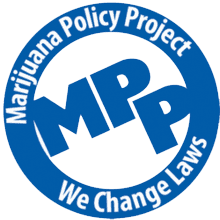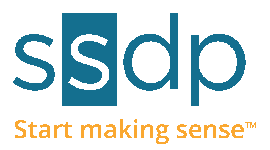Condition Report: Brain Trauma/Injury
November 19, 2019In 2017, the National Academies of Science, Engineering & Medicine released a comprehensive report, “The Health Effects of Cannabis & Cannabinoids”, based on the research that had been done to date. Following that valuable report, we’ve been providing weekly Condition Reports on 2018 research for each of the conditions cited in that report, such as chronic pain, cancer, anorexia, and more – these reports seek to provide evidence for both medical benefits and risks for each condition.
Because prohibitive cannabis regulations have, for years, limited the amount of available information, we believe it is important to educate the public about up-to-date research. Although medical cannabis usage is still both controversial and inconclusive, the World Health Organization has urged for nations to remove cannabis from Schedule IV from their list of drug scheduling, which would allow the protection for researchers to conduct more comprehensive studies.
Canneconomy.com and its affiliates aim to provide general information about cannabis consumption in the hopes for policymakers, users, researchers, and the general public to make informed decisions about cannabis and its derived products. In order to do this properly, we must seek and report the best available research for a better understanding of cannabis as it takes on the medical field.
For an overview on how cannabis can be used to treat other medical conditions, please visit the following Condition Reports:
- Chronic pain
- Cancer
- Anorexia & Weight Control
- IBS
- Epilepsy
- MS & Spinal Cord Injury
- Tourette Syndrome
- Amyotrophic Lateral Sclerosis (ALS)
- Huntington’s Disease
- Parkinson’s Disease
- Dystonia
- Dementia
- Glaucoma
Brain Trauma/Injury Highlights:
-Inflammation is a mediator of damage after traumatic brain injury (TBI), and many endocannabinoids have recently emerged as powerful anti-inflammatory compounds.
-In one study, CB2 Receptor activation alleviated neuroinflammation and decreased neurovascular lesions following TBI.
-In the same study, administering CB2 Receptor agonists attenuated macrophage polarization of proinflammatory cells, increased anti-inflammatory polarization, reduced edema development, increased blood circulation in the brain and enhanced TBI neurosensitivity.
-However, one of the CB2 Receptor’s antagonists produced psychoactive effects in some cases.
-In a descriptive study, 70% of survey participants reported negative side effects associated with therapeutic cannabis usage.
THERAPEUTIC FINDINGS: BRAIN TRAUMA/INJURY
The secondary neurological damage mediator after traumatic brain injury (TBI) is inflammation (Vaughn et al., 2018). Endocannabinoids, arachidonate-based lipids produced endogenously, recently emerged as potent anti-inflammatory compounds, but their molecular and cellular mechanisms are not well defined (Vaughn et al., 2018).
A study conducted by Braun et al. (2018) analyzed that selective CB2R activation alleviates neuroinflammation and decreases neurovascular lesions following TBI. The researchers observed a dramatic upregulation of CB2R within the infiltration of myeloid cells at 72 hours with the help of a murine controlled cortical impact (CCI) TBI model. Selective CB2R agonist administration attenuated macrophage polarization of proinflammatory cells, increased anti-inflammatory polarization, reduced edema development, increased blood circulation in the brain and enhanced TBI neurosensitivity (Braun et al., 2018). However, the CB2R antagonist, also known as AM630, resulted in psychoactive effects in some cases, thus, the researchers suggest the development of selective CB2R agonists as a therapeutic strategy, while procuring a method to prevent CB1R activation from having psychoactive effects (Braun et al., 2018).
In Colorado, the first descriptive study on the prevalence of recreational and medical use of 206 cannabis in people with TBI was conducted resulting in adverse effects (Hawley, Ketchum, Morey, Collins and Charlifue, 2018). More than two-thirds (70%) of survey participants reported 207 previous uses of cannabis and reported harmful cannabis use side effects, including 235 psychological effects such as decreased motivation and physical effects, such as tiredness (Hawley et al., 2018).







